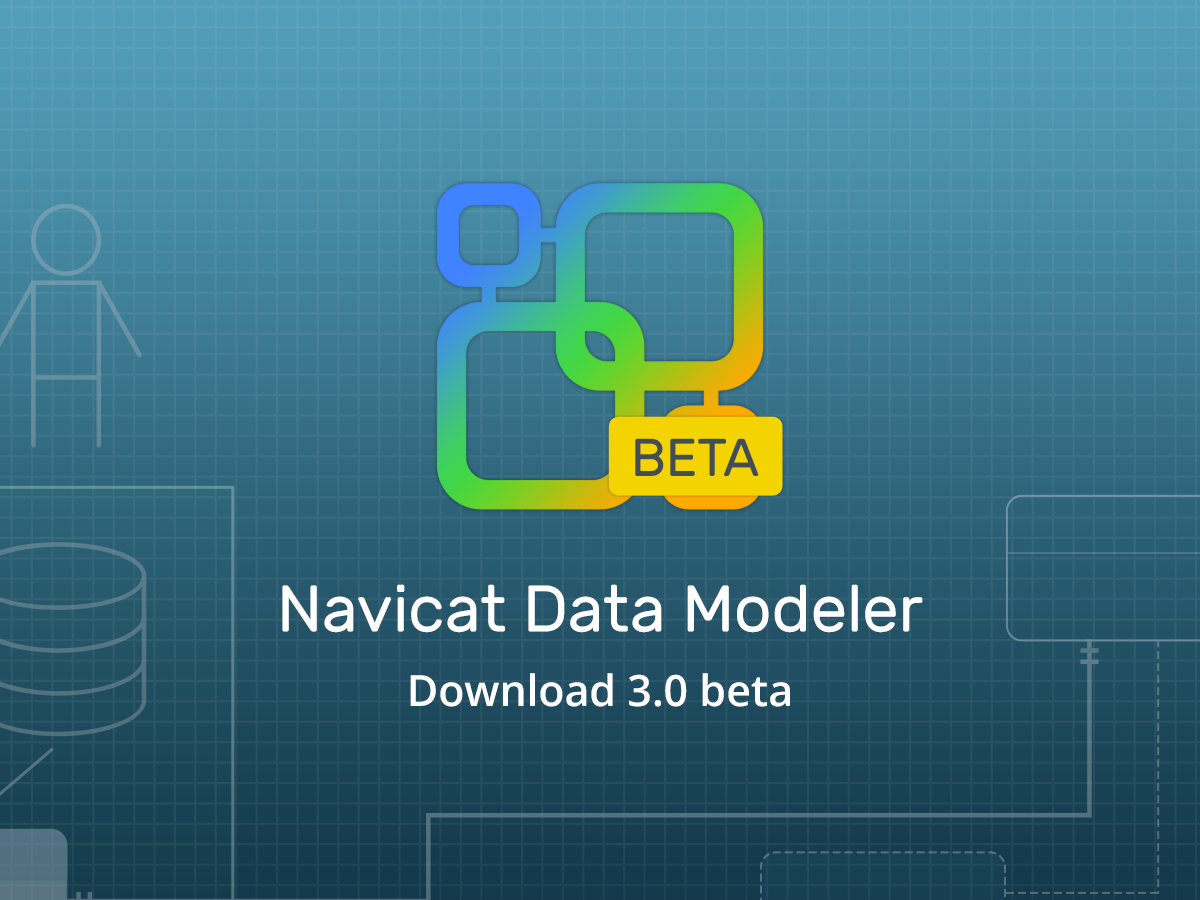
Navicat Monitor, the agentless database server instance monitoring tool for MySQL and MariaDB recently added support for SQL Server. Hence, it can now monitor database process and system resources for locally hosted SQL Server instances as well as those provided via Amazon Web Services (AWS). Today's blog will provide a quick guide for connecting to an SQL Server instance in order to monitor its performance using Navicat Monitor 2.0.
SQL queries often return more than one row of data from the database server. Relational databases provide cursors as a means for iterating over each row of the results set. Does that mean that MongoDB users are out of luck? As it turns out, MongoDB's db.collection.find() function returns a cursor. In MongoDB, cursors themselves provide additional functionality for processing individual rows. In today's blog, we'll learn how to work with MongoDB cursors in Navicat for MongoDB.
Being the dedicated database developer and/or administrator that you are, I don't need to remind you that the rigorous application of the principles of sound database design via data modeling is one of the cornerstones of data management. To that end, the emergence of specialized software such as Navicat Data Modeler have made the process much easier to accomplish.
CASE is a Control Flow statement that acts a lot like an IF-THEN-ELSE statement to choose a value based on the data. The CASE statement goes through conditions and returns a value when the first condition is met. So, once a condition is true, it will short circuit, thereby ignoring later clauses, and return the result. As we'll see in today's blog, it can be used to test for conditions as well as discrete values.
- 2024 (1)
- 2023 (1)
- 2022 (1)
- 2021 (1)
- 2020 (1)
- 2019 (1)
- 2018 (1)
- 2017 (1)
















